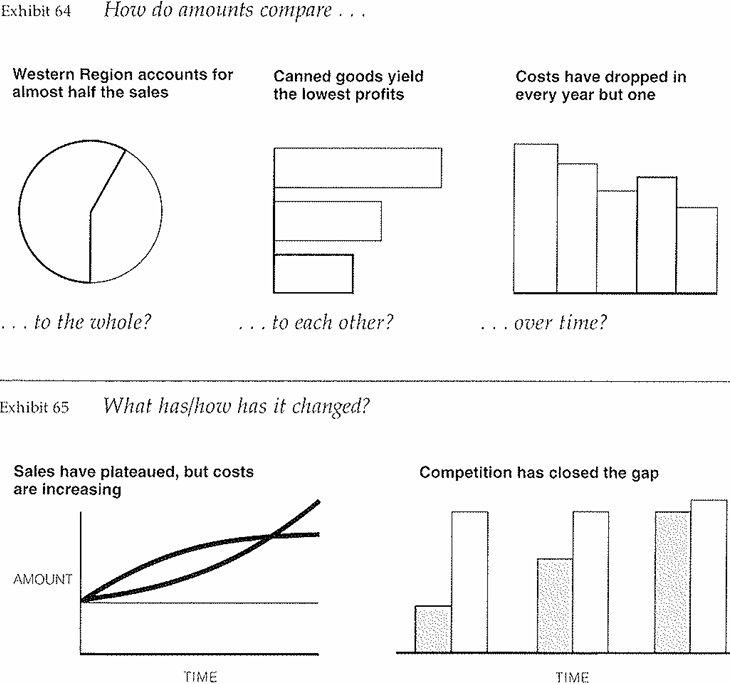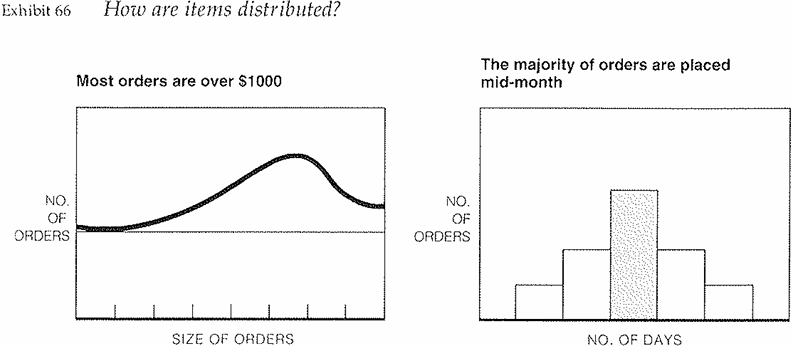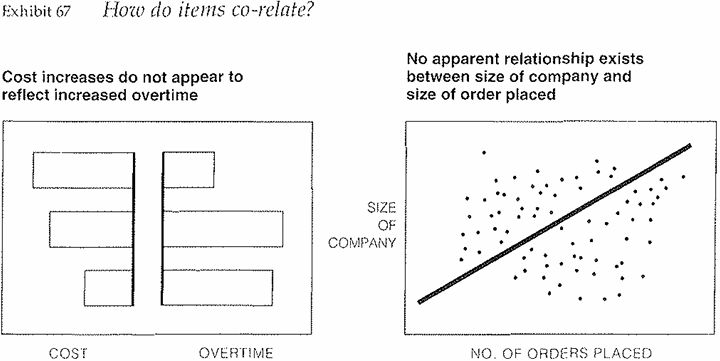

Grammar


Tenses


Present

Present Simple

Present Continuous

Present Perfect

Present Perfect Continuous


Past

Past Continuous

Past Perfect

Past Perfect Continuous

Past Simple


Future

Future Simple

Future Continuous

Future Perfect

Future Perfect Continuous

Passive and Active


Parts Of Speech


Nouns

Countable and uncountable nouns

Verbal nouns

Singular and Plural nouns

Proper nouns

Nouns gender

Nouns definition

Concrete nouns

Abstract nouns

Common nouns

Collective nouns

Definition Of Nouns


Verbs

Stative and dynamic verbs

Finite and nonfinite verbs

To be verbs

Transitive and intransitive verbs

Auxiliary verbs

Modal verbs

Regular and irregular verbs

Action verbs


Adverbs

Relative adverbs

Interrogative adverbs

Adverbs of time

Adverbs of place

Adverbs of reason

Adverbs of quantity

Adverbs of manner

Adverbs of frequency

Adverbs of affirmation


Adjectives

Quantitative adjective

Proper adjective

Possessive adjective

Numeral adjective

Interrogative adjective

Distributive adjective

Descriptive adjective

Demonstrative adjective


Pronouns

Subject pronoun

Relative pronoun

Reflexive pronoun

Reciprocal pronoun

Possessive pronoun

Personal pronoun

Interrogative pronoun

Indefinite pronoun

Emphatic pronoun

Distributive pronoun

Demonstrative pronoun


Pre Position


Preposition by function

Time preposition

Reason preposition

Possession preposition

Place preposition

Phrases preposition

Origin preposition

Measure preposition

Direction preposition

Contrast preposition

Agent preposition


Preposition by construction

Simple preposition

Phrase preposition

Double preposition

Compound preposition


Conjunctions

Subordinating conjunction

Correlative conjunction

Coordinating conjunction

Conjunctive adverbs


Interjections

Express calling interjection


Grammar Rules

Preference

Requests and offers

wishes

Be used to

Some and any

Could have done

Describing people

Giving advices

Possession

Comparative and superlative

Giving Reason

Making Suggestions

Apologizing

Forming questions

Since and for

Directions

Obligation

Adverbials

invitation

Articles

Imaginary condition

Zero conditional

First conditional

Second conditional

Third conditional

Reported speech


Linguistics

Phonetics

Phonology


Semantics


Pragmatics

Linguistics fields

Syntax

Morphology

Semantics

pragmatics

History

Writing

Grammar

Phonetics and Phonology


Reading Comprehension

Elementary

Intermediate

Advanced
DESIGNING EXHIBIT SLIDES
المؤلف:
BARBARA MINTO
المصدر:
THE MINTO PYRAMID PRINCIPLE
الجزء والصفحة:
196-11
2024-10-01
312
Text slides use a familiar medium of communication-words. But exhibit slides (charts, graphs, tables, and diagrams) employ a wholly different means of communication-visual relationships. They enable you to present to your audience masses of data and complex relationships that you cannot convey as effectively by words alone.
In general, exhibit slides should convey their message as simply and readably as possible. The viewer will not have the opportunity to study them and figure out what the various elements mean. And if the chart or graph is too complicated, detailed, or cluttered, you will waste precious time explaining it rather than discussing its message. This does not rule out the occasional, more complex diagram or chart that becomes clear as the speaker develops the ideas. But you would not want more than one or two of these to a presentation.
Exhibit slides generally show the parts of a structure or process, or display data in a visual way, using charts formed into pies, bars, columns, curves, or dots. The diagrams and charts tend to be used to answer five kinds of question (Exhibits 63-67):
- What are the elements?
- What has/how has it changed?
- How do amounts compare
- How are items distributed?
to the whole?
to each other?
over time?
- How do items co-relate?
The trick is to decide the question you want the exhibit to answer, state the answer as the title to the chart, and then choose the chart form most appropriate to showing that point.




Do make sure that the title to a chart or diagram directly conveys its message, either as a full sentence or as a phrase that contains a verb. Doing so allows you to check that the visual impression the chart gives the viewer is consistent with the message you wish to convey. "Share of profits by region," contains much less information than "Western Region accounts for almost half the profits."
Stating the point of the chart also minimizes the possibility of confusion. Different viewers, left to themselves, will focus on different relationships depending upon their point of view, their background, or their interest. This way you focus them instantly on the aspect of the data you wish to emphasize.